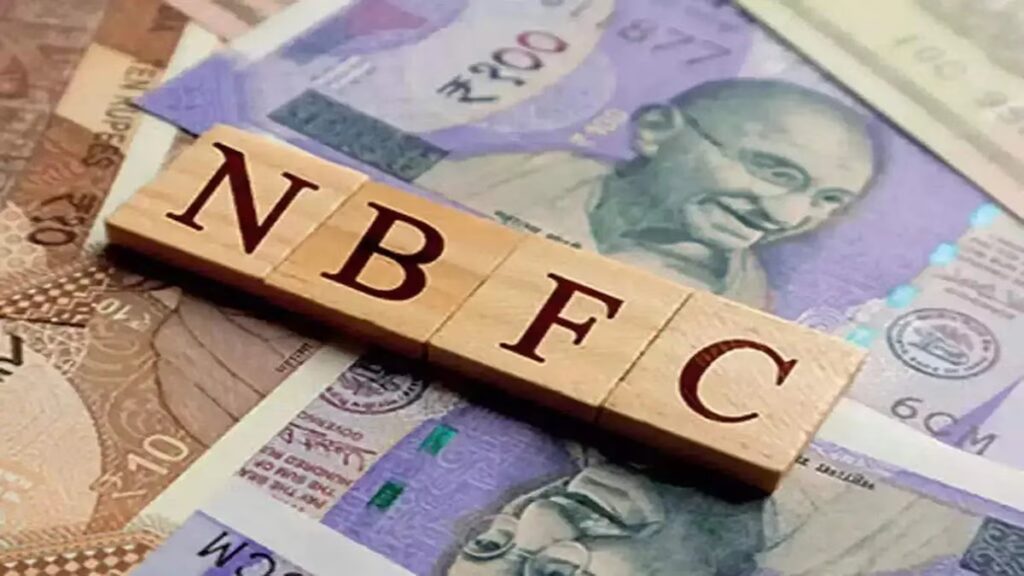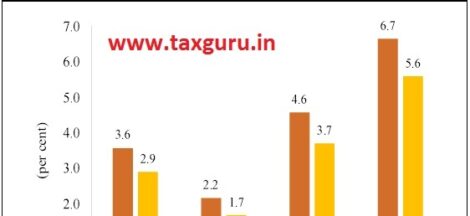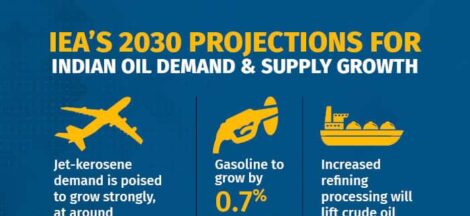CHENNAI: The business environment is set to turn favourable for non-banking financial companies (NBFCs), thanks to two recent developments. The Reserve Bank of India’s (RBI) sharper-than-expected 50 basis point rate cut and the earlier easing of risk weight norms on unsecured lending — both expected to improve liquidity and significantly boost bank funding to the sector.
At its Monetary Policy Committee meeting earlier this month, the RBI cut the repo rate by 50 basis points to 5.5%—its third reduction since February 2025, totalling 100 basis points. The central bank also slashed the cash reserve ratio (CRR) by 100 basis points, injecting Rs 2.5-lakh crore of durable liquidity into the system.
“With excess liquidity, the lending quantum will go up from banks, resulting in more funds for NBFCs. The credit offtake is good and hence more deployment can happen in retail lending through NBFCs,” said Parag Sharma, MD and CFO, Shriram Finance.
Shriram Finance’s outstanding borrowings stood at Rs 2.34 lakh crore as of Q4FY25, with 21% sourced through term loans from banks, with the remaining coming from public deposits, ECBs and other sources.
Ashish Mehrotra, MD & CEO of Northern Arc Capital, a listed NBFC, says that the liquidity surge, combined with the easing of risk weights on unsecured loans, will encourage banks to step up lending to NBFCs—many of which had struggled for funding after the central bank tightened norms in 2023.
In November 2023, the RBI had raised the risk weight on bank exposures to NBFCs by 25 percentage points to 125%, tightening credit and slowing fund flows to the sector. However, in February 2025, the central bank reversed this decision, restoring the original risk weight of 100% effective April 1. The move was aimed at alleviating the liquidity crunch faced by several smaller lenders and giving banks more flexibility to support NBFCs’ onward lending.
“Importantly, RBI’s recent commentary suggests a moderation in stress levels within unsecured lending, which should further catalyse bank participation in well-structured NBFC-originated pools where we hold a strategic edge,” Mehrotra said.
Debopam Chaudhari, chief economist at Piramal Group, noted that bank lending to NBFCs fell from 9.5% of total outstanding bank credit in April 2024 to 8.9% by April 2025. “However, this trend is expected to reverse going forward,” he said.
Chaudhari expects lending to well-managed NBFCs to pick up, aided by the rollback of additional risk weights and the RBI’s softer stance on unsecured retail loans and credit card outstandings.
Banks’ credit exposure to NBFCs stood at Rs 16.1 lakh crore in April 2025, a 2.9% year-on-year decline.
Several banks have already cut lending rates in response to the RBI’s 50 bps repo rate cut. State Bank of India reduced its External Benchmark Rate by 50 bps to 8.15%, effective June 15, while keeping MCLR rates unchanged. HDFC Bank lowered its MCLR by up to 10 bps, now ranging from 8.90% to 9.10%, depending on tenure.
“The capital market rates have corrected sharply, and also the banks have revised MCLRs. This will result in lower interest costs for borrowings. The full impact of the same will be visible in the coming quarters,” Sharma said. Shriram Finance’s on-book cost of funds across all funding sources stood at 8.95% as of Q4FY25.
Mehrotra said the transmission of lower rates tends to happen faster for mid-sized NBFCs due to higher capital market-linked borrowings. Northern Arc Capital had an outstanding borrowings of ₹9,860 crore as of FY25, with 67% of it coming from banks.
“Around 70% of our borrowings and only 25% of our asset book are linked to floating rates,” Mehrotra said, adding that the net interest margins (NIMs) will likely rise by 70–80 bps in the near term owing to the structure of their asset-liability franchise.
Source: The Financial Express




 India Oil Demand To Grow By One Million Barrels Per Day By 2030: IEA
India Oil Demand To Grow By One Million Barrels Per Day By 2030: IEA 